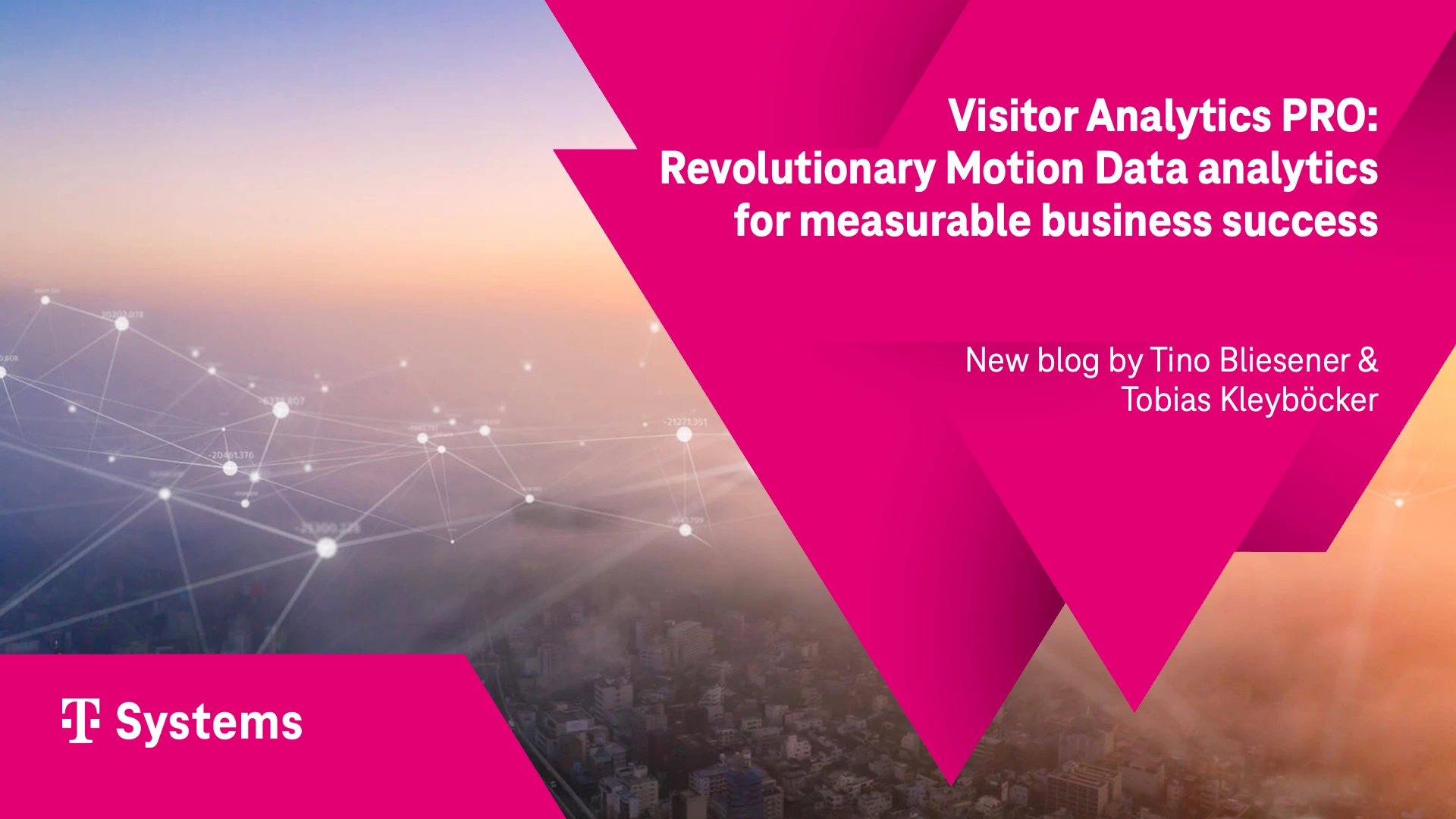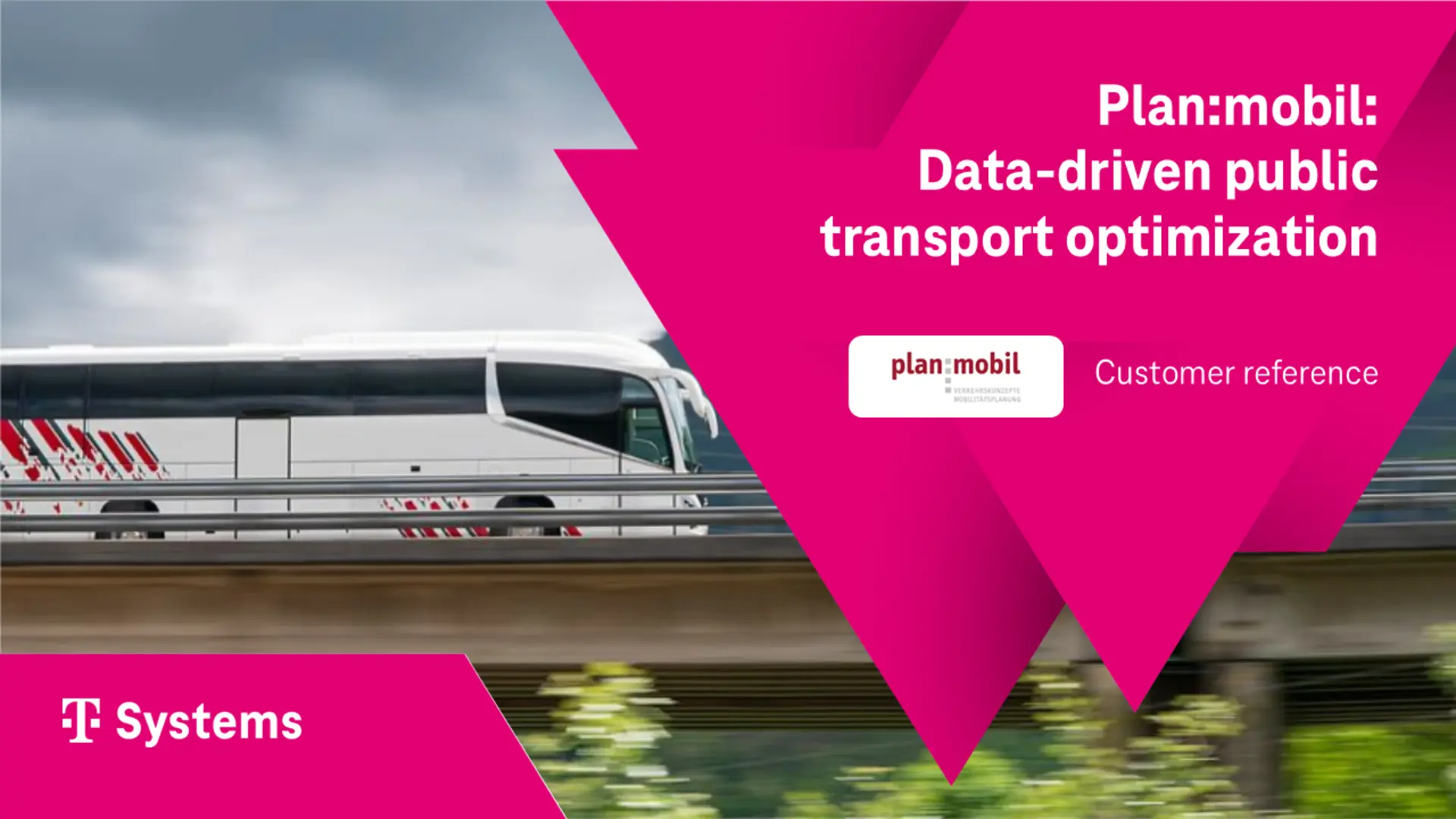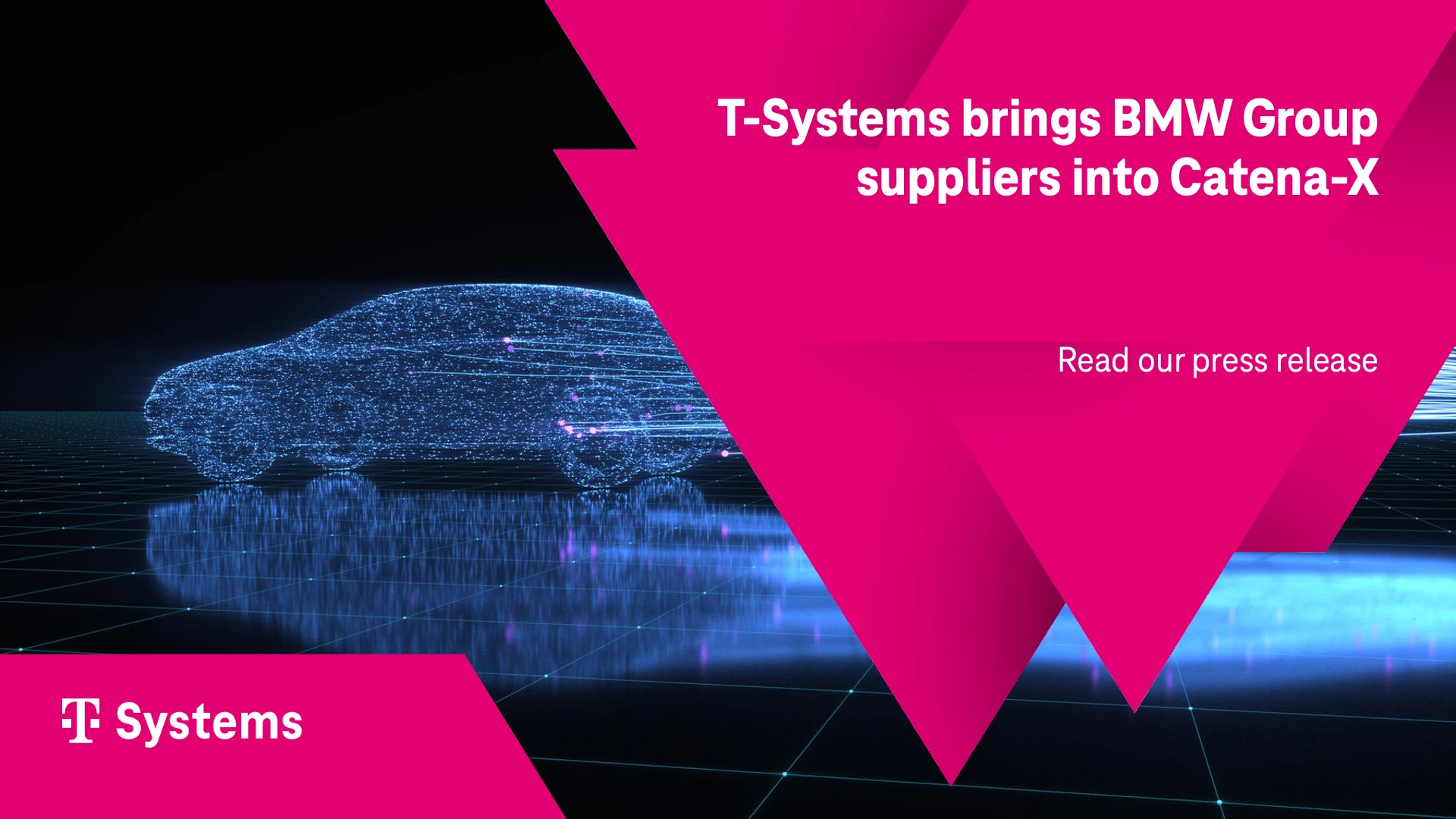Multimodal offerings emerging in the form of micromobility
It is taking longer and longer to get from point A to point B and particularly cities are suffering. Shifting travel from individual cars to public transport and more sustainable modes of transport would help. This must involve digitalization or data-driven and “smart” or on-demand solutions. It has to deliver better service at a lower cost. In mobility, we have already seen two waves of pioneers. The first wave was Uber and Lyft with ride-hailing and ride-pooling services. The second wave emerged in form of micromobility like shared bikes and electric scooters. Numbers are speaking for themselves; shared bikes, e-bikes, and electric scooter have soared by more than 60% to 136 million trips from 2018 to 2019 (NATCO 2020).
First aggregators have also emerged, examples include offers in Germany’s two largest cities. In Berlin the Berliner Verkehrsbetriebe (BVG) is now offering Jelbi, while in Hamburg the Hamburger Hochbahn (HHA) has introduced Switch. So where is the problem of the integration of public transport into an intermodal travel chain? Is it the lack of user value?
Where does public transport have its problems?
The public transport is due to its role as a utility and public commodity, as well as its size and environmental friendliness very important. The problem is that the public transport is notorious for losses, this issue limits new initiatives and innovations. Taxpayers are required funding the public transport and even higher ticket prices for citizens have not erased deficits (see cost versus performance in “Stuck in Traffic,” link). Integrating micromobility could be advantageous for helping to improve public transport services and their economic models since they would benefit from an increase in customers and business.
Why is micromobility a good thing?
Cities are dotted with bike/e-bikes, e-mopeds and electric scooters. They have emerged without any public funding to build “virtual” service networks using existing public spaces. Many experts are supporting micromobility because they “can perfectly complement buses and trains for the remaining kilometers to the destination. This makes public transport more attractive and can reduce car journeys” (Achim Berg, President of Bitkom, the country’s largest digital association, Bitkom 2019). Uber has demonstrated how reuse of existing assets can result in a lower cost offering with a win-win scenario for everybody involved: vehicle owners, customers, and a new third party, Uber. Besides being cheaper and better, above all intermodal should be faster since travel is first and foremost about actually getting from point A to point B.
Can micromobility speed up a monomodal car trip?
One exception is a quantitative test of a simple intermodal modal in the city of Berlin, which reveals a speed advantage greater than 10%-20% for the daily commute to work. Figure 1 depicts how the simple model divides a trip from point A to point B into the three segments of the first leg, near B, and the last leg (for details, see Schlueter Langdon 2020). It also reveals the choice of baseline scenario, S0, and how it evolves in two steps toward intermodal and “smarter” scenarios. Firstly, intermodal travel was faster and secondly, the smarter the solution the greater the speed. S2 is approx. 10% faster, while S3 saves 20% travel time (for a detailed discussion of results as well as scenario settings and choice of parameters, please see Schlueter Langdon & Tuescher 2020, link; Tuescher 2019).
Can micromobility also speed up travel time in Hamburg?
The question is: can integrated public transport do the job faster? Since there is no intermodal mobility on offer, we can use a simulation (see our brief “Overview of simulation in business,” link; Schlueter Langdon 2014, 2005). The choice of alternative scenarios will recognize and initiatives in German city of Hamburg. Hamburg committed itself to driving a model shift from travel by private car to travel by public transport, cycling, and walking. These changes require public transport to match and beat the attractiveness of travel using a private car for urban mobility. This has implications for all aspects of the public transport service, such as availability, quality, and comfort. In 2019 a pilot scheme by Hamburger Hochbahn AG (HHA) offering up to 100 electric scooters at two stations “U-Berne” and “S-Poppenbüttel”. Hence, this example emphasizes how micromobility can effectively speed up travel time and complement public transport.
Smart modal shift scenarios
We start off with the same three segment baseline scenario S0: The driver is going by car from point A to point B with a transfer point near B where the vehicle is parked, and from which point the journey is completed by foot. Adding public transport increases the complexity considerably, doubling the number of segments to six. In a first step, scenario SPT1, public transport is added (see Figure 1). Instead of driving somewhere close to B and finding parking nearby, the driver parks near a public transport station close to A in order to use public transport to get close to B. The next evolutionary step is reflected in scenario SPT2, where a seamless A to B journey is created. First, self-organized parking near hub A (we refer to stations as hubs to aid upcoming analysis and compatibility with the economic literature) is replaced with “smart parking”, then walking the last leg from Hub B to B is replaced with a micromobility solution, like an electric scooter. In scenario S3, smart parking recommendations are linked with electric scooter offers to reduce the walking time for the last leg. Scenarios SPT1 - SPT4 have already been run for Berlin; now, we will test a subset, hypotheses SPT1 and SPT4, in the city of Hamburg.
The experimental with the simulator in Hamburg
Consequently, our scenario settings have been carefully and transparently selected to ensure our results are of high validity and robust. Based on prior experiments, such as with our intermodal travel simulations with Berlin digital twin, a 3-step best practice calibration approach has emerged to systematically specify key settings for our simulation experiments (Schlueter Langdon & Oehrlein 2021, Schlueter Langdon & Tuescher 2020):
a) Reasons for travel (work, household errands, leisure)
b) Areas of travel (starting point A, destination B – from areas to specific locations)
c) Time of travel (day of week, time of day)
Reasons for travel
For this experiment “work” has been selected to include the all-important use case of commuting, the regularly recurring journey between one's place of residence and place of work or study.
The Hamburger Areas of travel
The start and end points must be in relevant locations, one where many people live, point A; the other one where many ends up for work, point B. Using government statistics, we identified key areas where people live and work. First, we select areas, a macro-selection so to speak. Then we pinpoint specific locations or addresses within these areas, a micro-selection. The simulation with MATSim clearly confirms how travel in Hamburg overwhelmingly ends up in the city’s center.
Figure 5 confirms the accuracy of the MATSim simulation as it compares MATSim-based simulation results with MID statistics, which correspond very well. A further relevancy crosscheck confirms that these districts exhibit average or above average rates of private car ownership (362 cars per 1,000 citizens, see Statistik Nord 2020, link), making it reasonable to assume that many citizens in these neighborhoods are using their private car for travel.
Time of Travel
Thirdly, the timing has to be finalized. This is also a two-step process: first, selecting the day of week; then, secondly, deciding on the time of day. Our day of travel is set as an average working day (Tuesday to Thursday). In order to demonstrate the advantage of any of our alternative travel solutions, it would be the best to select worst possible conditions. This would show that if it works during the worst of times, it should work anytime. Therefore, we will select rush hour traffic. One in the morning, the other in the afternoon. Based on the diagram we chose a starting time between 7-8 a.m. for our route calculations.
The Results
Our simulation experiments do indeed prove quantitatively that intermodal travel with public transport can reduce travel time, increasing overall travel speed. Adding “smart,” data-driven solutions, such as parking recommendations, and making electric scooters available at public transport stations (pre-loading stations) increases time savings by about 20 minutes or more than 30% to 40% depending on the routes. This result is consistent with our previous findings that “smarter is faster” in the case of Berlin (see Figure 1). Time savings for the smartest scenario with public transport in Berlin, came to approx. 40% (Schlueter Langdon & Oehrlein 2021), double the savings of the smartest scenario without public transport, S3, in Figure 1 (Schlueter Langdon & Tuescher 2020). Not just the time is important but also the costs. Without employer-provided or sponsored parking, the rates for public parking can be prohibitive. Parking your car can costs easily €2.50 to €3 per hour if you park in front of historic office buildings or in a big parking structure. If there are spaces available, of course. This is where “smart” parking comes in, which can guide a driver to an empty spot. Without smart parking, it takes additional driving around the block, which is quicker, and therefore cheaper to do near an off-site location than at an inner-city location. The time and the costs are the most important things, but what’s about the comfort? The advantage of public transport is twofold: for one, it relieves the driver from the stress of operating a vehicle. What’s more, it frees up time that can be spent on more enjoyable activities, such as reading, or productive use, such as getting a head start with your emails.
Key findings
If there's a pivotal takeaway from our simulation, then it’s that having a system wins. The system as a whole is better than the sum of its parts. Some may say: “Ah! Isn’t it obvious?” Public transport is affordable and great for long distance travel but the nearest station is often too far away for many people; while electric scooters are everywhere but riding them over a long distance can be tiring and there is always the chance of getting wet. Together, as an integrated system where one part complements the other, it is a winning combination. Whether it's obvious or not, the immediate issue is: who takes care of the system, who focuses on optimizing the system as opposed to the individual parts on their own? Today, public transport is focused on public transport, and micromobility is focused on micromobility.
We took great care to make our selection of scenario choices and settings very transparent. However, if we were to fudge the results, then parking would allow us to do so effectively, elegantly, and cheekily, because parking rates are much less transparent than the price of a subway ticket, for example. Parking rates can be used in urban reality to shift economic advantage from private vehicle use to integrated transport. Whoever assumes a system view (see “system beats parts”) could influence outcomes, such as modal shift, easily (effectively, elegantly, and cheekily) with parking rates.
And finally, one last big insight relates to mobility stations – or hubs. So far, it seems that marketing considerations like awareness and signage overwhelm any efforts to pinpoint the right location. It seems that the importance of having the right location is much less obvious. Why? Because it is hardly mentioned anywhere (Schlueter Langdon & Oehrlein 2021). How come? We can only speculate at this point. But one explanation ties in with the lack of a system view. In order to optimize locations for faster and thicker traffic flows it takes a system view, a view of the entire network and the interplay of different transfer nodes.
Acknowledgement: This article was written with support of Alan Jito during his time as a dual student within the Telekom Data Intelligence Hub.
References
- NATCO. 2020. 136 Million Trips in 2019. Shared Micromobility in the U.S.: 2019 (Summer), National Association of City Transportation Officials, New York, NY, link
- Schlueter Langdon, C., and A. Bau. 2007b. Portal Economics and Business Models - Pitfalls, Lessons Learned and Outlook. In: Tatnall, A. (ed.). Encyclopedia of Portal Technologies and
Applications. IGI Global: Hershey, PA; London: 719-723 - Schlueter Langdon, C., and A. Bau. 2007a. Portal Economics. Digital Interactive Channel
Systems and Portals Structure and Economics. In: Tatnall, A. (ed.). Encyclopedia of Portal
Technologies and Applications. IGI Global: Hershey, PA; London: 249-255 - Schlueter Langdon, C., and B. Tuescher. 2020. Berlin digital twin: Yes, intermodal traffic is faster! Mobility Analytics Working Paper #5 (August), Deutsche Telekom Data Intelligence Hub, Bonn, link
5. Schlueter Langdon, C., and N. Oehrlein. 2021. How much better is public transport with intermodal? Quantifying user benefits of integration with micromobility. Working Paper (WP_DCL-Drucker-CGU_2021-02), Drucker Customer Lab, Drucker School of Management, Claremont Graduate University, Claremont, CA






























